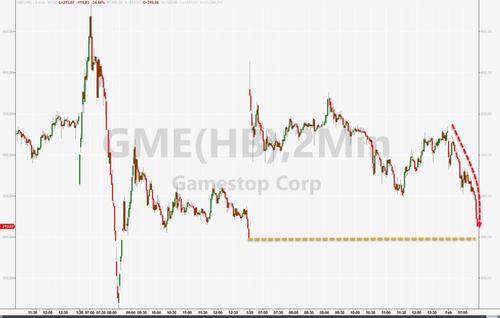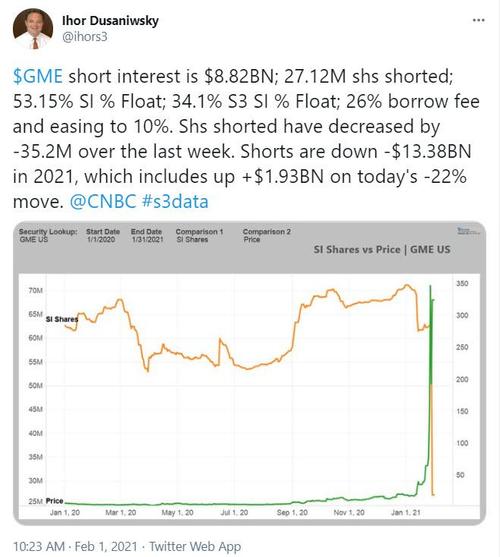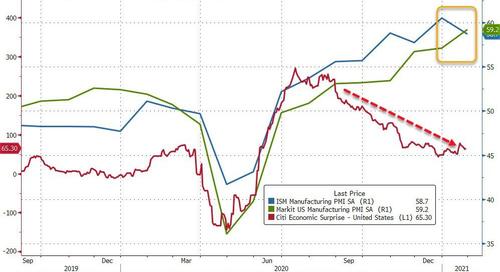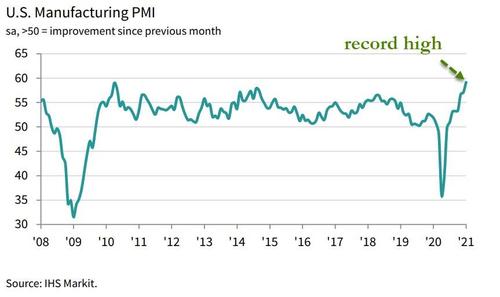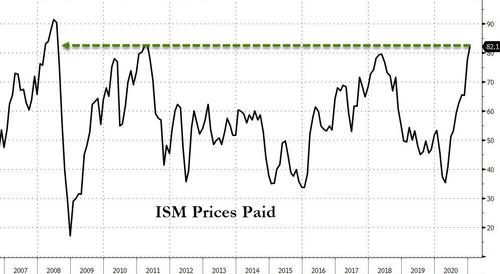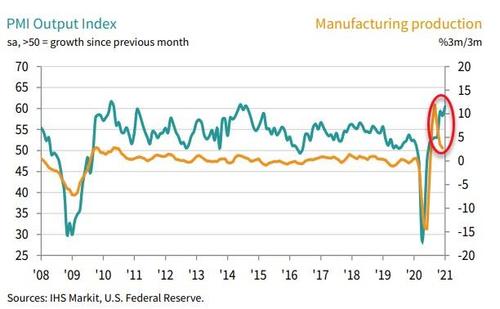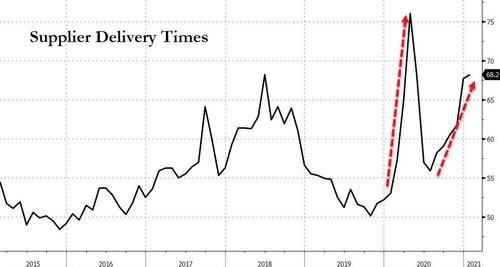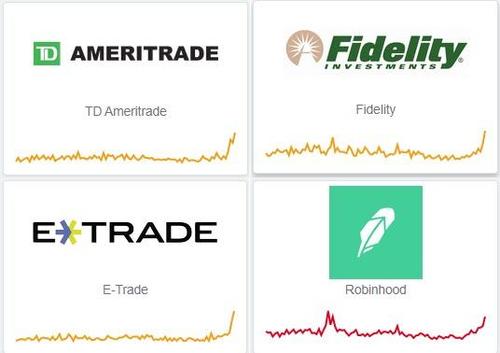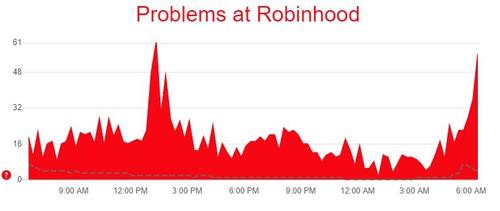Cue the federal mask cops. Americans are now required to wear masks in planes, trains, buses, subways, taxis, car services, boats, and transportation hubs, per a new order from the Centers for Disease Control and Prevention (CDC) that took effect today. Masks must be of a style approved by the federal government and must fit properly. Failure to comply will result in being prohibited from traveling, booted from the transit in question, and potential criminal penalties.
The order will be enforced by Transportation Security Administration (TSA) agents and “other federal authorities,” as well as state and local officials. “To the extent permitted by law…federal agencies are required to implement additional measures enforcing the provisions of this Order,” the CDC says.
“CDC reserves the right to enforce through criminal penalties,” the agency adds, though it claims not to intend “to rely primarily on these criminal penalties.” The feds may also implement “additional civil measures enforcing the provisions” of the order (which “is not a rule within the meaning of the Administrative Procedure Act,” the CDC notes, “but rather is an emergency action”).
Creating a vast network of law enforcement officials empowered to enforce these mask rules will of course provide a handy new excuse for monitoring and surveilling citizens.
Meanwhile, deputizing federal agents, state authorities, and local cops to enforce transit mask rules will open up all sorts of new police harassment and abuse opportunities.
Only targeting people without masks might not seem to leave a lot of room for discriminatory enforcement. But the CDC order doesn’t just stop at people not wearing masks. In fact, it leaves a lot up to officials’ discretion.
For instance, travelers can take masks off while eating, drinking, or taking medication—leaving room for a lot of individual judgments in how long it’s reasonable or appropriate to remove a mask for during these activities, as well as misinterpretation in whether someone is allowed to have a mask on or off at a given moment.
The CDC order also says it’s not enough to simply wear a mask—it has to be a certain kind of mask. It can’t be a bandana, scarf, ski mask, or balaclava. It can’t fit too loosely or too tightly. It can’t contain an exhalation valve or be made from knitted fabrics, leather, plastic, or vinyl.
Again, that leaves a lot of room for authorities to choose who they target for enforcement.
“The CDC rule came just over a week after Biden’s executive order, which already mandated masks on certain modes of public transportation including planes and trains, and it mandated masks on federal property,” notes The Atlanta Journal-Constitution.
The new CDC rules apply to any passengers, operators, or staff of any “aircraft, train, road vehicle, vessel…or other means of transport,” including “rideshares meaning arrangements where passengers travel in a privately owned road vehicle driven by its owner in connection with a fee or service.” The order also applies “on the premises of a transportation hub,” defined as “any airport, bus terminal, marina, seaport or other port, subway station, terminal (including any fixed facility at which passengers are picked-up or discharged), train station, U.S. port of entry, or any other location that provides transportation subject to the jurisdiction of the United States.”
Kids under two years old, people with disabilities that disallow them from wearing masks, and people for whom “wearing a mask would create a risk to workplace health, safety, or job duty” are exempted.
FREE MINDS
Trump PAC, lawyers, and impeachment defense raise eyebrows. A political action committee (PAC) launched by former President Donald Trump “raised $31.5 million in the weeks after Election Day,” reports The Washington Post. But as of January 1, “Trump had held on to the majority of that money in the coffers of Save America, his new leadership PAC, which carries few restrictions on how the money can be spent and can now be used to finance his post-presidential political career.”
With his second impeachment trial fast approaching, Trump has “abruptly parted ways with five lawyers handling his impeachment defense,” The New York Times‘ Maggie Haberman reported over the weekend.
Mr. Trump had pushed for his defense team to focus on his baseless claim that the election was stolen from him, one person familiar with the situation said. A person close to Mr. Trump disputed that that was the case but acknowledged that there were differences in opinion about the defense strategy. However, Mr. Trump has insisted that the case is “simple” and has told advisers he could argue it himself and save the money on lawyers. (Aides contend he is not seriously contemplating doing so.)
FREE MARKETS
E.U. threatens nut milks and vegan ice creams. The latest in Big Dairy protectionism: The European Union is considering a law that “would prohibit plant-based milk producers from using words or images on their food labels that may also be used to describe or refer to animal-based dairy products,” Baylen Linnekin reports.
Worse still, the rules could expand beyond simply censoring words and pictures on food packaging. It could even prohibit the use of some common food packaging itself.
“They would also be unable to use packaging designs that call to mind dairy products, such as yoghurt [containers] or milk cartons,” The Conversation explains. “Even simply showing climate impact by comparing the carbon footprint of their products with dairy equivalents could become illegal.”
QUICK HITS
• The sordid history of the Fairness Doctrine.
• Footage released by the Rochester Police Department in New York shows cops pepper-spraying a 9-year-old girl.
• “Urban collapse is a modern-day version of an apocalypse prophecy: It’s always lurking just around the corner, seductive and terrifying, but it never quite happens,” writes Annalee Newitz, author of Four Lost Cities: A Secret History of the Urban Age, in a new Atlantic article challenging the idea that the COVID-19 pandemic is threatening the existence of big cities like New York and San Francisco. “Lost-city anxieties, like the ones aroused by the pandemic, result from a misunderstanding of what causes cities to decline.”
• A new Department of Justice memo “rescinded a 2017 memo that ordered federal prosecutors to seek the toughest charges and maximum possible sentences on the books,” notes Reason‘s C.J. Ciaramella.
• Two members of the Proud Boys who participated in the January 6 Capitol riot have been charged with federal conspiracy.
• Were your photos used to help build facial recognition databases?
• Department of relaxed rules that need to be permanent:

from Latest – Reason.com https://ift.tt/3pE2kxk
via IFTTT
